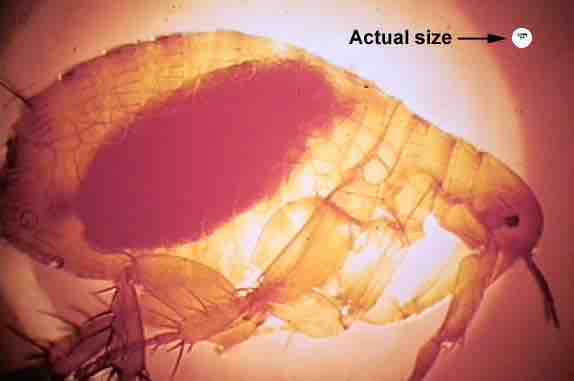Arthropods are capable of serving as vectors, indicating that they play a major role in disease transmission. Arthropods that serve as vectors include mosquitoes, fleas, sand flies, lice, ticks, and mites. These arthropods are responsible for the transmission of numerous diseases. These types of vectors are considered to be hematophagous. These arthropod vectors are characterized as feeding on blood at some or all stages of their life cycles. The arthropods feed on the blood which typically allows parasites to enter the bloodstream of the host.
The Anopheles mosquito serves as a vector for malaria, filariasis, and arboviruses as well (arthropod-borne-viruses). The Anopheles mosquito inserts its mouthpart under the skin and feeds on the hosts. As the mosquito is feeding on the host blood, the parasites which are carried by the mosquito, are typically located within its salivary glands. The mosquito is able to directly transfer the parasites into the blood stream of the host. Pool feeders, which include both the sand and black fly, responsible for Leishmaniasis and Onchocerciasis diseases, will chew the hosts skin. The chewing action produces a well which promotes the formation of a small pool of blood from which they feed. In the case of sand flies, responsible for Leishmaniasis, the parasites infect the host through the saliva. In the case of black flies, responsible for Onchocerciasis, the parasites are forced out of the insects head into the pool of blood. Tsetse flies are vectors of the human African trypanosomiasis, called "African sleeping sickness". Additional examples of mosquitoes include the Aedes mosquito which is a vector for avian malaria, dengue fever, and yellow fever.
Fleas are another type of arthropod vector that transmit numerous diseases. The human flea, Pulex irritans, and the Oriental rat flea , Xenopsylla cheopis, are responsible for the transmission of the bubonic plague, murine typhus, and tapeworms.

Male Xenopsylla cheopis (oriental rat flea) engorged with blood.
Image of Xenopsylla chepsis (oriental rat flea) engorged with blood. The oriental rat flea is an example of an arthropod vector as it is the primary vector of plague. This vector has been the cause of large plague epidemics in Asia, Africa, and South America. Both male and female fleas can transmit the infection.